-
-20%


Ultimate Lockout Tagout Kit - 95 LOTO Devices
Regular price $439.95Regular price$549.95-20%Sale price $439.95 -
-25%
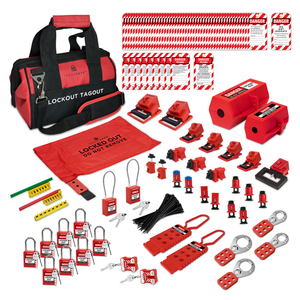
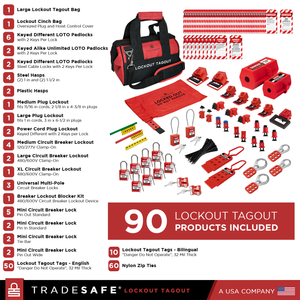
Complete Electrical Lockout Tagout Kit - 90 LOTO Devices
Regular price $299.95Regular price$399.95-25%Sale price $299.95 -
-26%


Valve Lockout Tagout Kit - 55 LOTO Devices
Regular price $319.95Regular price$429.95-26%Sale price $319.95 -
-27%
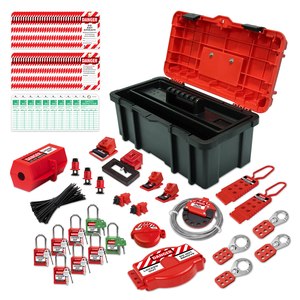
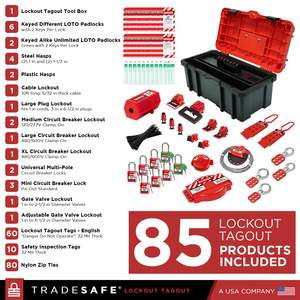
Lockout Tagout Tool Box Kit - 85 LOTO Devices
Regular price $239.95Regular price$329.95-27%Sale price $239.95 -
-62%
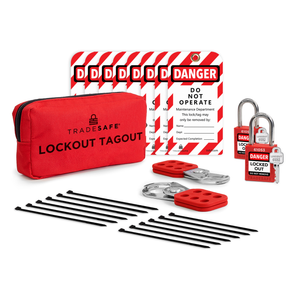
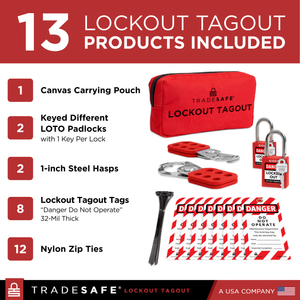
Personal Lockout Tagout Kit – 1 Key Per Lock
Regular price $41.95Regular price$110.00-62%Sale price $41.95 -
-62%
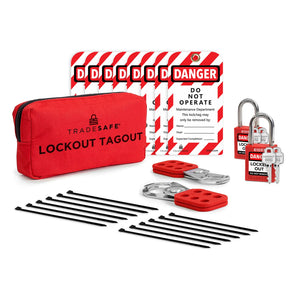
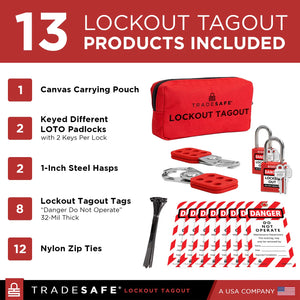
Personal Lockout Tagout Kit – 2 Keys Per Lock
Regular price $41.95Regular price$110.00-62%Sale price $41.95 -
-54%
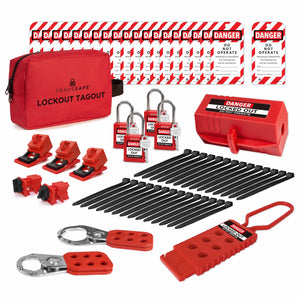
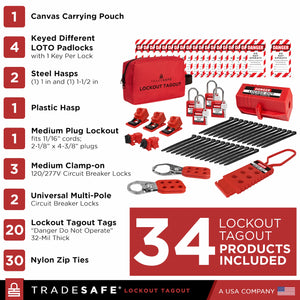
Electrical Lockout Tagout Kit – 1 Key Per Lock
Regular price $68.95Regular price$149.00-54%Sale price $68.95 -
-54%
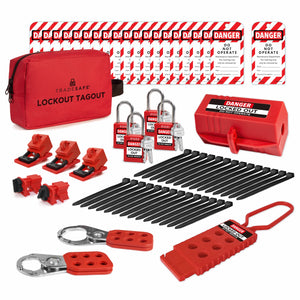
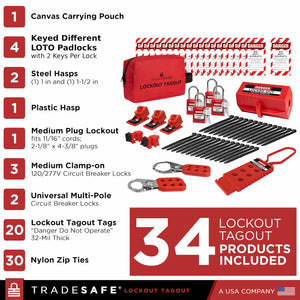
Electrical Lockout Tagout Kit – 2 Keys Per Lock
Regular price $68.95Regular price$149.00-54%Sale price $68.95 -
-56%
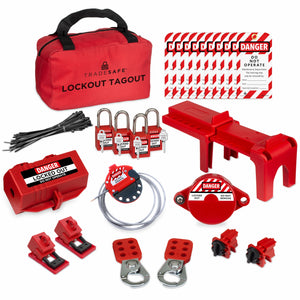
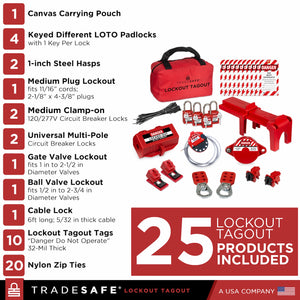
Professional Lockout Tagout Kit – 1 Key Per Lock
Regular price $84.95Regular price$193.00-56%Sale price $84.95 -
-56%
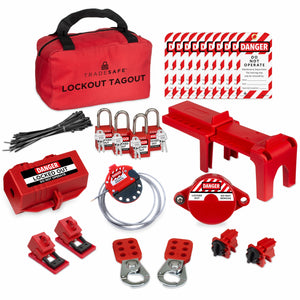
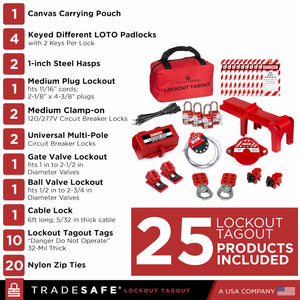
Professional Lockout Tagout Kit – 2 Keys Per Lock
Regular price $84.95Regular price$193.00-56%Sale price $84.95 -
-62%
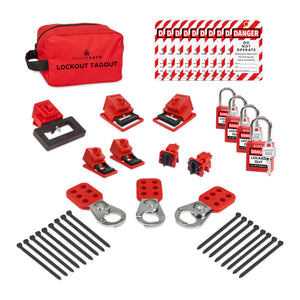
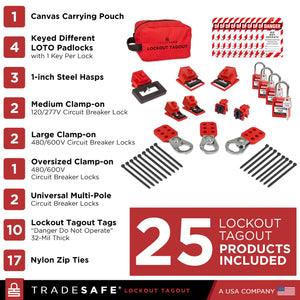
Complete Breaker Lockout Tagout Kit – 1 Key Per Lock
Regular price $79.90Regular price$209.00-62%Sale price $79.90 -
-62%
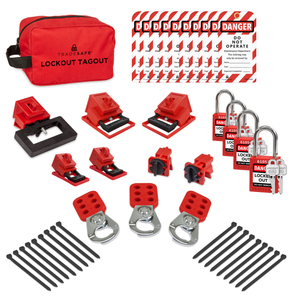
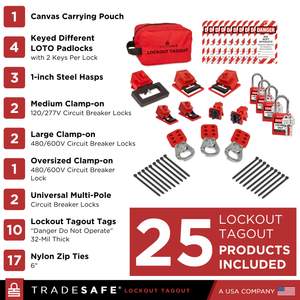
Complete Breaker Lockout Tagout Kit – 2 Keys Per Lock
Regular price $79.90Regular price$209.00-62%Sale price $79.90 -
-47%
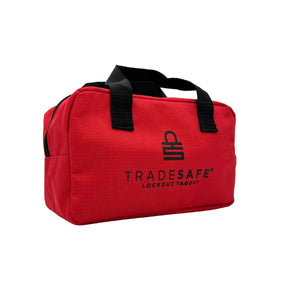
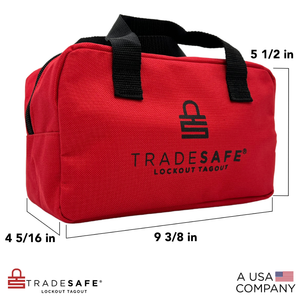
Lockout Tagout Bag, 9-3/8" x 5-1/2" x 4-5/16”
Regular price $15.99Regular price$30.00-47%Sale price $15.99 -
Sold out
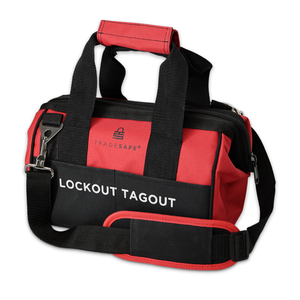
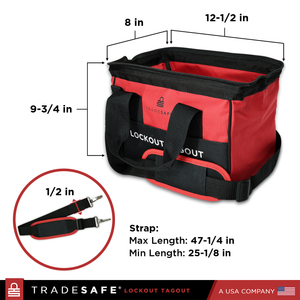
Lockout Tagout Bag, 12-1/2” x 8” x 9-3/4”
Regular price $49.95Regular price$60.00-17%Sale price $49.95 -
-14%
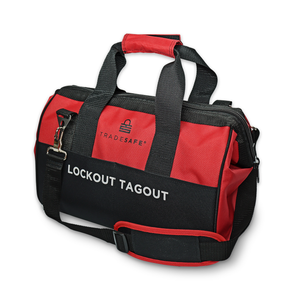
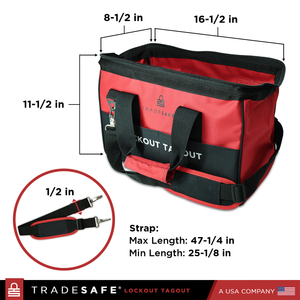
Lockout Tagout Bag, 16-1/2" x 8-1/2" x 11-1/2"
Regular price $59.95Regular price$70.00-14%Sale price $59.95
Keep hazardous energy under control with the help of TRADESAFE’s lockout tagout kits. These kits come with an assortment of lock out tag out devices that all work together to ensure that the workplace remains safe and free of injuries.
Choose among different kits that include different combinations of LOTO devices. You’ll be able to get your hands on collections of padlocks, circuit breaker locks, plug locks, inspection tags, hasps, and other useful devices. Each item in the kit is guaranteed to be completely reliable and OSHA compliant.
Each kit also comes with a highly visible red canvas bag with a secure zipper. This can help keep the devices safe from loss or damage and can help keep the workplace neat and uncluttered.






























